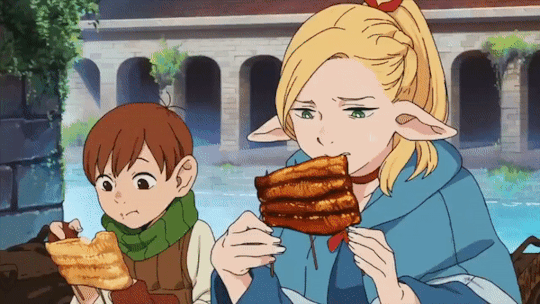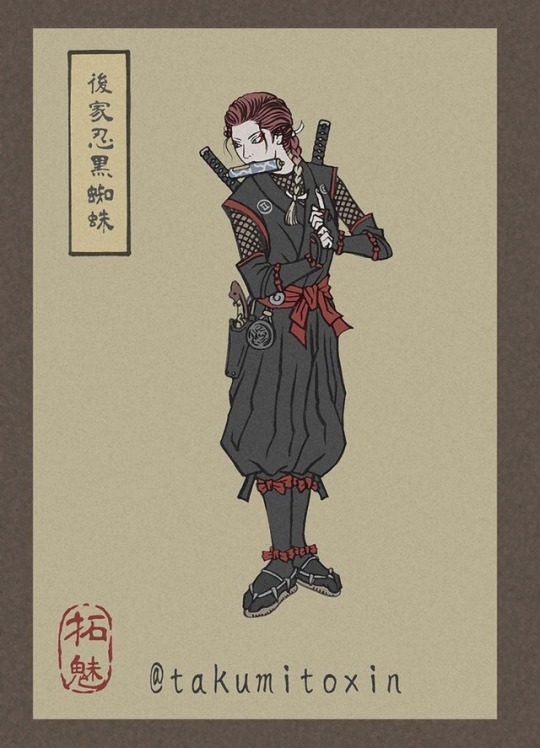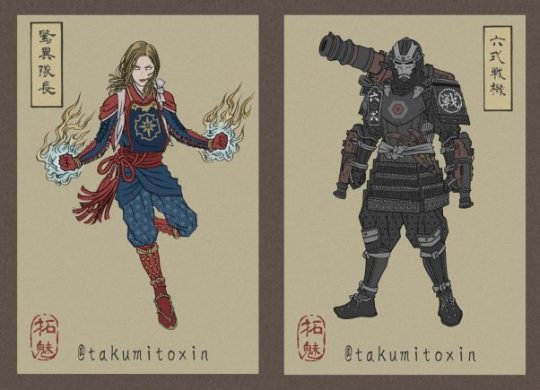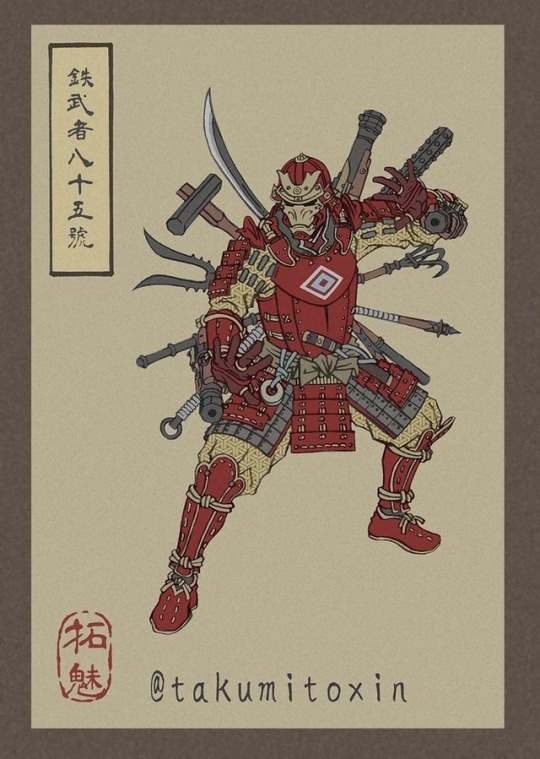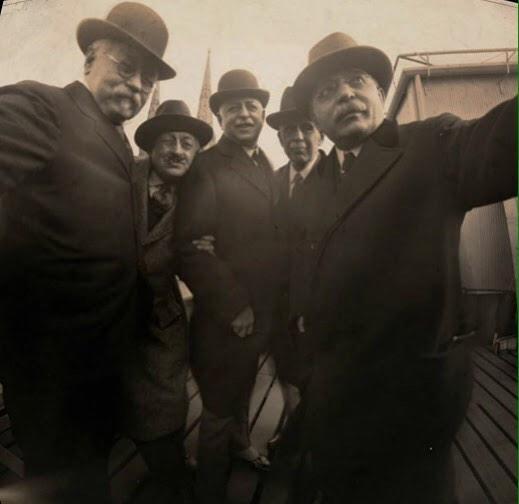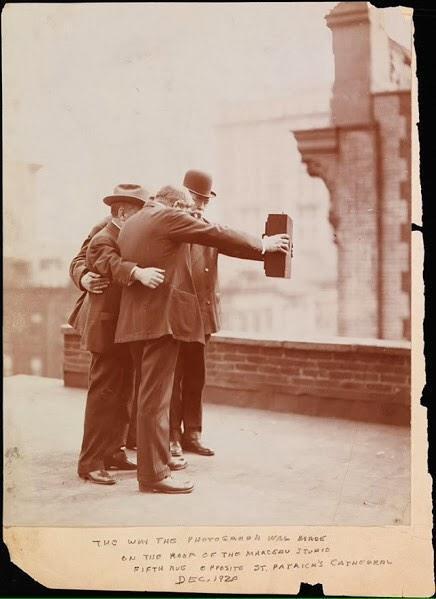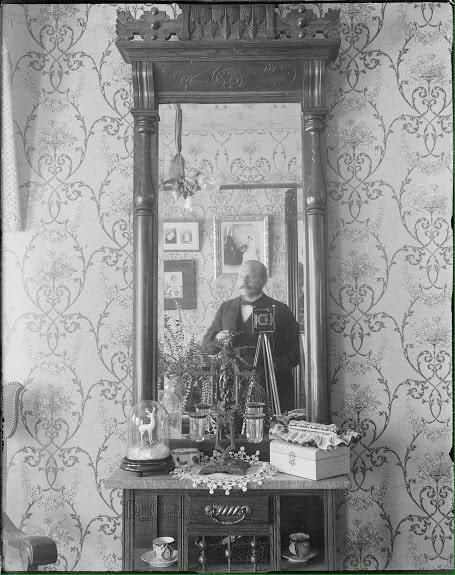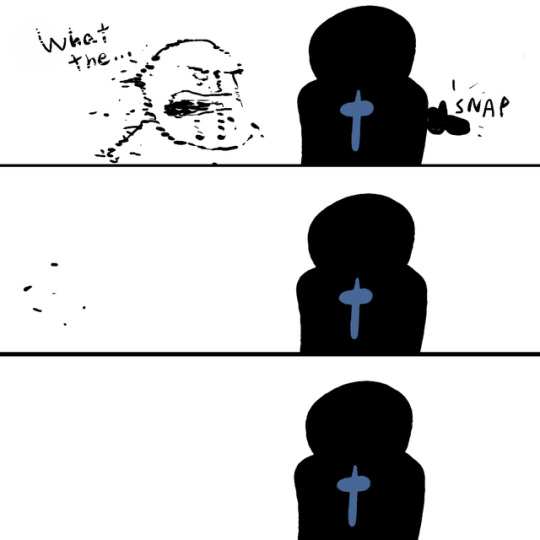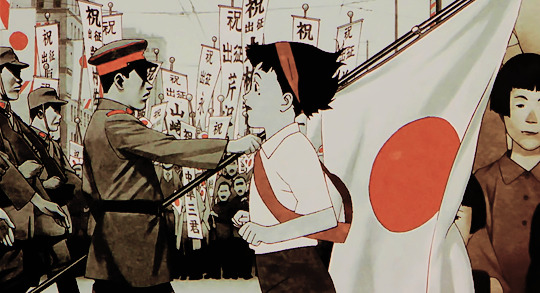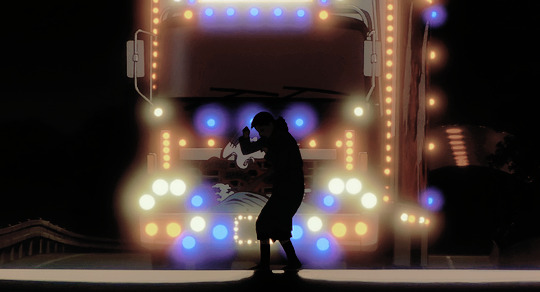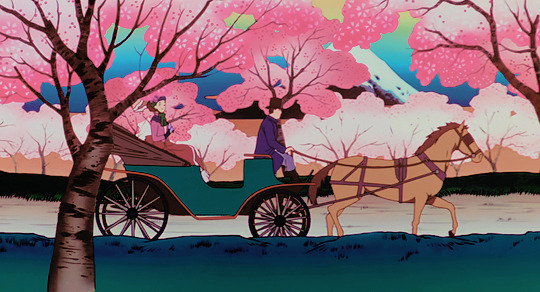Text
千尋「ここにはお父さんもお母さんもいな.....待って、何かいる!」
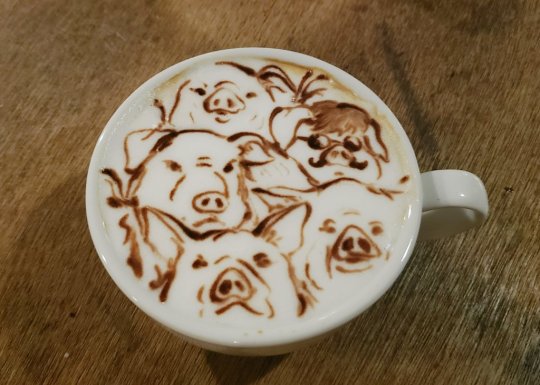
( じょーじ[cafe8/21休] さんのツイート )
114 notes
·
View notes
Photo

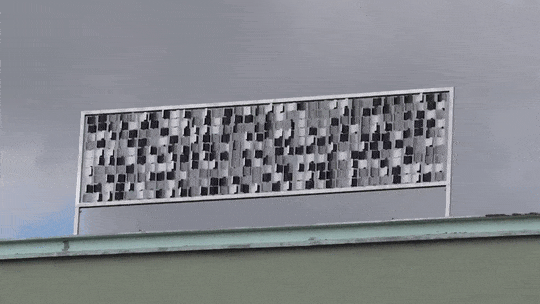
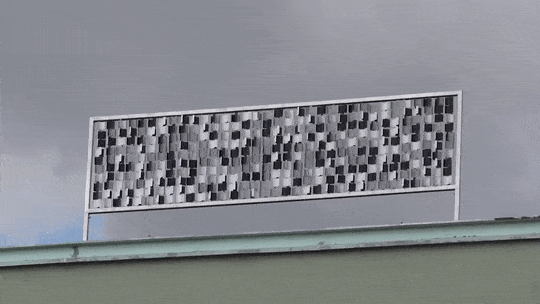

Wind display - painted plastic plates blowing in the wind. Made by Dušan Váňa in 2015. h/t: Ailadi
9K notes
·
View notes
Photo

Cat brings her kittens to human’s bed as sign of trust.
64K notes
·
View notes
Photo
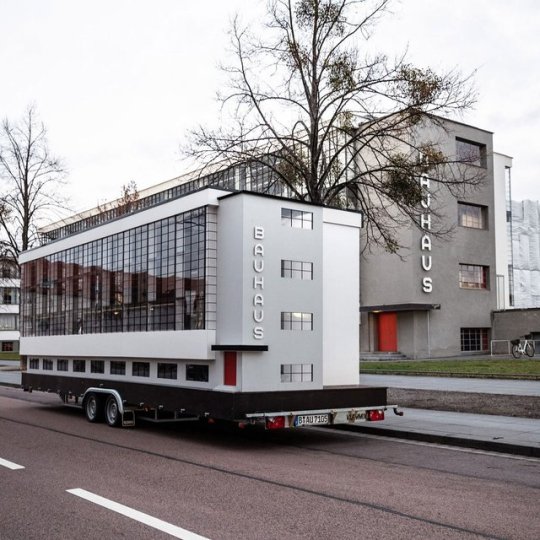
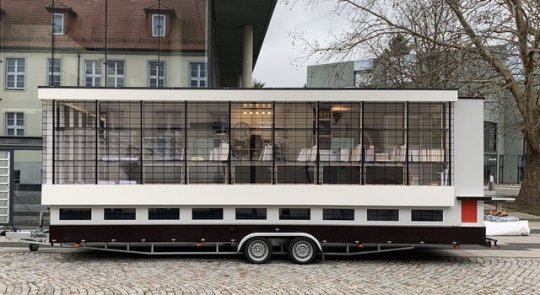
バウハウス100周年でバウハウスのバス(?)が走ってるらしい
https://twitter.com/shirushita/status/1088144329632374784/photo/1
64 notes
·
View notes
Video
938K notes
·
View notes
Text
A Tumblr User’s Guide to Dreamwidth
I’m sure by now, some of you may have heard of the site Dreamwidth when some people talk about Livejournal and old sites they wish they had. Maybe you’ve become a bit curious about how this place works or why people are so interested in it anyway. To answer that, I’m going to give you a little primer on Dreamwidth and what you need to know when converting from Tumblr!
So what is Dreamwidth?
Dreamwidth is a Livejournal code fork and like Livejournal it is an old social networking blog. How is that different from Tumblr? Well to clarify, Tumblr is a content aggregation site, not a content creation site. This means that Tumblr’s purpose is to spread things for other people to see, and these things do not even have to be something you made. It is not intended for feedback and communication, it is only intended to be looked at. That’s why any comment and communication features are so lackluster, the creators genuinely did not want it to work like a blog, and they continue to fight that.
Dreamwidth is a blog with features centered around content and comment management. How you use it is up to you, but it is a more or less static site with each post self contained, no reblogs or sharing apart from manually linking to the post themselves and the only things you see on your feed are the blogs and communities you’ve personally added to your watch. While the format is well suited for medium to long-posts, you’re never obligated to post at any specific length. Post as little or as much as you want with as little or as much content as you want. Comments are threaded which makes them easy to keep up with, and easy to read and it’s possible to edit your comments.
Dreamwidth is, above all else, a site dedicated to freedom of expression and is one of the few places left that genuinely cares about that.
Dreamwidth Terms You Should Know
Cutting
You’ll see this term used a lot, and it’s a really huge important feature of the blog. Cutting is like the ‘read more’ feature you can find on tumblr. The difference is that you can choose exactly which portion of the entry is behind a cut and which one isn’t. You can also have more than one cut if you like! This is especially useful for long, informative posts to help people jump to the exact spot they want.
Cuts can also have their own titles, so you can inform people briefly of what’s behind the cut in the link itself. Good knowledge of how cuts work is super important and super helpful!
https://www.dreamwidth.org/support/faqbrowse?faqid=88
Access Filters
A term you’ll see show up when composing an entry is what access filter is applied to the post you’re about to make, (sometimes this is referred to as ‘locking’ the post). When you create a post you are given the choice to either make the entry public, make it available to only those who have general access to your blog or choose a specific access filter which you have a pre-determined group of people on a list that are the only ones permitted to see those posts. You can set up as many access filters as you want and change them at any time, and none of the members are notified of these changes so you don’t need to worry about that when making changes. You can even make a post entirely private so that only you can see it, and you can modify the access settings on any entry at any time.
https://www.dreamwidth.org/support/faqbrowse?faqid=21
https://www.dreamwidth.org/support/faqbrowse?faqid=22
Paid Accounts
Unlike tumblr, Dreamwidth does have paid accounts. The entire site is ad-free and they support themselves entirely on those people that purchase paid accounts. The free accounts give you more than you need to enjoy and interact with the site, but paid accounts give you extra features such as the ability to add custom mood icons, journal customization options and more user pics.
https://www.dreamwidth.org/support/faqbrowse?faqid=4
Sticky Posts
You can sticky an entry on your Dreamwidth, this can be useful to use as a means of introducing people to your journal and what to expect.
https://www.dreamwidth.org/support/faqbrowse?faqid=199
General Dreamwidth Etiquette
Tags
You will find that on Dreamwidth no one ‘talks in tags’. This is because each journal keeps a record of every single tag used on a page both yourself and everyone else can see and has a limit to the total amount of tags you can use. Tags in Dreamwidth are seen as a means of organization, not as a means of subtext, you’ll have to add the subtext in text formatting separately. You can of course, edit and delete any of the tags in the list at any time so you’re never stuck with the tags you’ve used if you ever change your mind.
Images
While this is a holdover from the old days when bandwidth was not as accessible as it is now, generally speaking, images posted are kept around 800px in width if posted without a cut. This is to prevent stretching and just general friends page tidy-ness. Similarly, when posting several images, they are either done by way of small thumbnails, or they are posted behind a cut.
Cutting
It is seen common etiquette to cut overly-long entries or entries that contain a large number of images, or entries that could contain sensitive information. This was both to keep the friend reading list trim and tidy, as well as warn people before they read potentially triggering material or something just generally distressing (especially in the case of images). Of course it may be worth it to set up an access group if you find yourself talking about a subject some of your audience has conflict with but cuts are always a good choice when you’re not quite sure.
Response Speed
As a note, Dreamwidth and other blogging systems are naturally slower than Tumblr. This is not a bad thing! But don’t be surprised if some people don’t comment on an entry till a week later. People on Dreamwidth are far more likely to pay attention to entries and read all their backlog so there isn’t a need to constantly remind or repost the same thing. Dreamwidth generally slower pace can be jarring to some people, but you’ll find it has it’s own benefits even if it doesn’t offer instant gratification.
Comment Subjects
You’ll notice when replying to an entry there will be an option to add a subject to your comment, this is not a requirement, only an option. In general, this is rarely used and can sometimes be considered disruptive if it is filled out without serving any specific purpose. Ways it is more often used are for specific community activities, specific content warnings, meta data or something otherwise specific to the format. Be aware that comment subjects work similarly to email subjects in such that replying to any comment with content in the subject line will copy the subject line into your own comment with “re:” prefacing it.
Userpics
Many of you have not grown up with the ability to change the icon you can use at any time but it’s something that’s been an essential part of communication with DW and other lj-likes. All accounts get 15 userpics that you can use on your account, they’re 100x100 images and you can choose between any of them when you make a post or comment. They can be used to display mood, expressions, fandoms, events, in-jokes, all sorts of things and can be used to help convey tone or mood in the post/comment you’re trying to make. (a lot of people even made <3 or THIS icons and reply with a blank comment with just the icon to convey a ‘like’ of sorts) It’s not perfect by any means, but thoughtful userpic choices can help a lot in trying to convey what you want when text alone can be difficult to interpret.
Q&A
Can I make multiple journals on the same account?
No. While this is a feature many RPers would like, and it has been talked about, there is no system that creates Parent/Child journal accounts. If you want a second journal, you would have to make a whole new account, and log in and log out whenever you want to change.
Can I reblog other people’s entries?
No. Everyone’s blog and posts are static, there is no way to share another’s post on your own blog other than manually linking their post.
How can I meet people if I can’t reblog?
Meeting people on Dreamwidth does take more work, it’s not as easy to stumble across new blogs casually in the day without putting effort into it. Communities are a large social component of Dreamwidth and there are communities for just about any fandom, hobby, craft type and even small niches, and you can start your own communities at any time. There is also an 'interest’ section in every user profile, which can be used to help find people of similar interests. And then there’s always meeting people through friends of friends in the comments of one’s entires. This post in particular has a much more through break down on socialization and how to find people
https://bisexualbaker.tumblr.com/post/147873750806/how-the-heck-do-i-find-cool-stuff-and-people-on
Where can I host my images?
This is of course, the biggest pitfall in Dreamwidth. As it stands right now, there is a small image hosting option however it only can store up to 500MB in size. For anything significant you would have to use a service like Imgur, Flickr, Sta.sh, Google Drive, or other storage services.
https://www.dreamwidth.org/support/faqbrowse?faqid=248
Hopefully this has provided the base amount of information you may need to start a Dreamwidth account. It’s very different from Tumblr in the way it’s used but it’s not completely different, but it’s not intended to be a 'replacement’, it’s just another service you can use if it fits your needs. Personally, I’m of the opinion that everyone needs at least one quite, static place they can hash out their thoughts on without fear of making a mistake, and Dreamwidth is very good for that kind of thing.
3K notes
·
View notes

